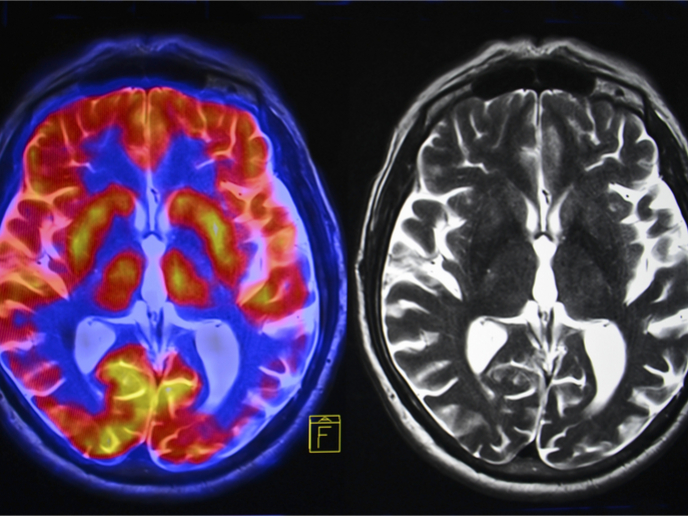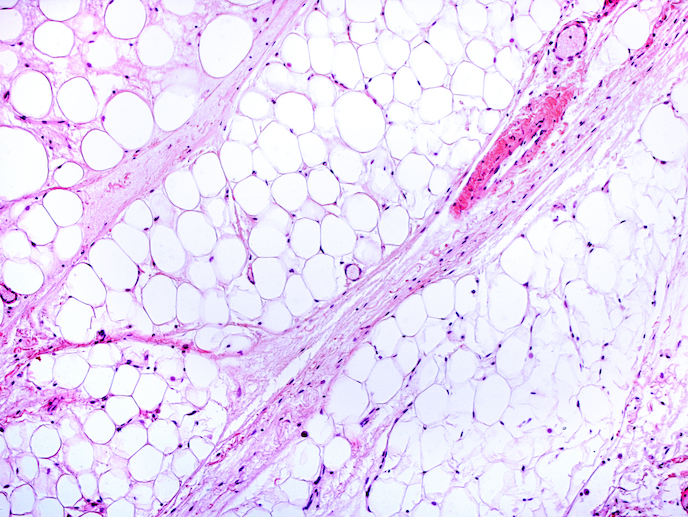Genetic approach to identifying schizophrenia risk
Schizophrenia(opens in new window) is a severe mental illness that affects how people think, feel and behave. The condition is typically diagnosed between the late teens and early 30s, and often follows the onset of symptoms collectively called psychosis(opens in new window). “Psychotic symptoms are those most popularly associated with schizophrenia, such as delusions and hallucinations, e.g. hearing voices,” explains FLOURISH project supervisor Alessandro Bertolino, chair of Psychiatry at the University of Bari Aldo Moro(opens in new window), Italy. “However, gradual changes in thinking, mood, and social functioning often begin before the onset of psychosis, typically in mid adolescence.” The combined effects of many genes, rather than a single causative gene, in combination with lifestyles and environmental factors, are thought to play a role in developing this illness. Unfortunately, current brain imaging and genetic techniques are unable to fully and satisfactorily explain schizophrenia. “We know many genetic variants conferring risk of schizophrenia,” says project principal investigator Giulio Pergola. “But we do not know which mechanisms they affect within the brain. A key to understanding schizophrenia is how the brain develops – which genes are involved, how can we identify them, and how can we timely intervene in these processes?”
Pathways of convergence
The FLOURISH project, which was undertaken with the support of the Marie Skłodowska-Curie Actions(opens in new window) programme, sought to address these knowledge gaps, by attempting to identify the molecular pathways of convergence of the genetic risk of schizophrenia. “In other words, we aimed to put the genes in their context,” explains Pergola. “We wanted to define how gene co-expression(opens in new window) – a biological process we can imagine as ‘finding the friends of schizophrenia risk genes’ – unfolds across the lifespan and multiple brain regions. The key question was when in life and where, in the brain, many genes associated with schizophrenia come together, and how their reciprocal relationships evolve.” Pergola set out to examine how the co-expression lifespan changes these genes in key areas of the brain, such as the prefrontal cortex, hippocampus and striatum. Neuroimaging data was collected to study possible links between gene co-expression and brain connectivity patterns. A range of ages and patient profiles were used in the data – a key aim was to identify brain changes that occur before the development of schizophrenia.
Identifying risk factors
A number of groundbreaking discoveries have been made. Schizophrenia risk genes, for example, were found to be most strongly connected in the prefrontal cortex around birth (fetal to 5 years) and the hippocampus and caudate nucleus, later in life (5 to 25 years). “Our findings suggest an early prefrontal and later hippocampal/striatal involvement in the underlying biology of schizophrenia,” adds Pergola. Furthermore, genes co-expressed with schizophrenia risk genes, not detected in previous genetic studies, were identified. These genes, suggests Pergola, could be used as novel targets for drug development. “We also discovered certain brain connectivity alterations during cognitive task engagement through neuroimaging,” he continues. “We aim to further pursue these as potential markers to better profile individuals at risk, in view of early intervention programmes.” Pergola and his colleagues also intend to investigate some of the genes newly associated with schizophrenia in cell cultures, to explore their potential contribution to the development of novel treatments.







